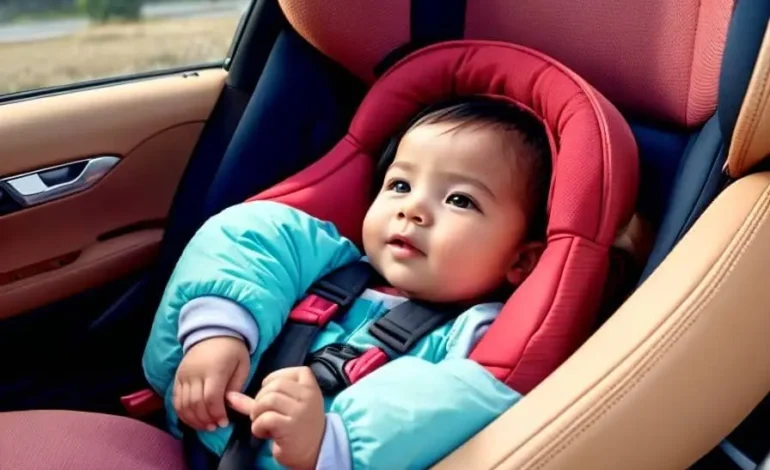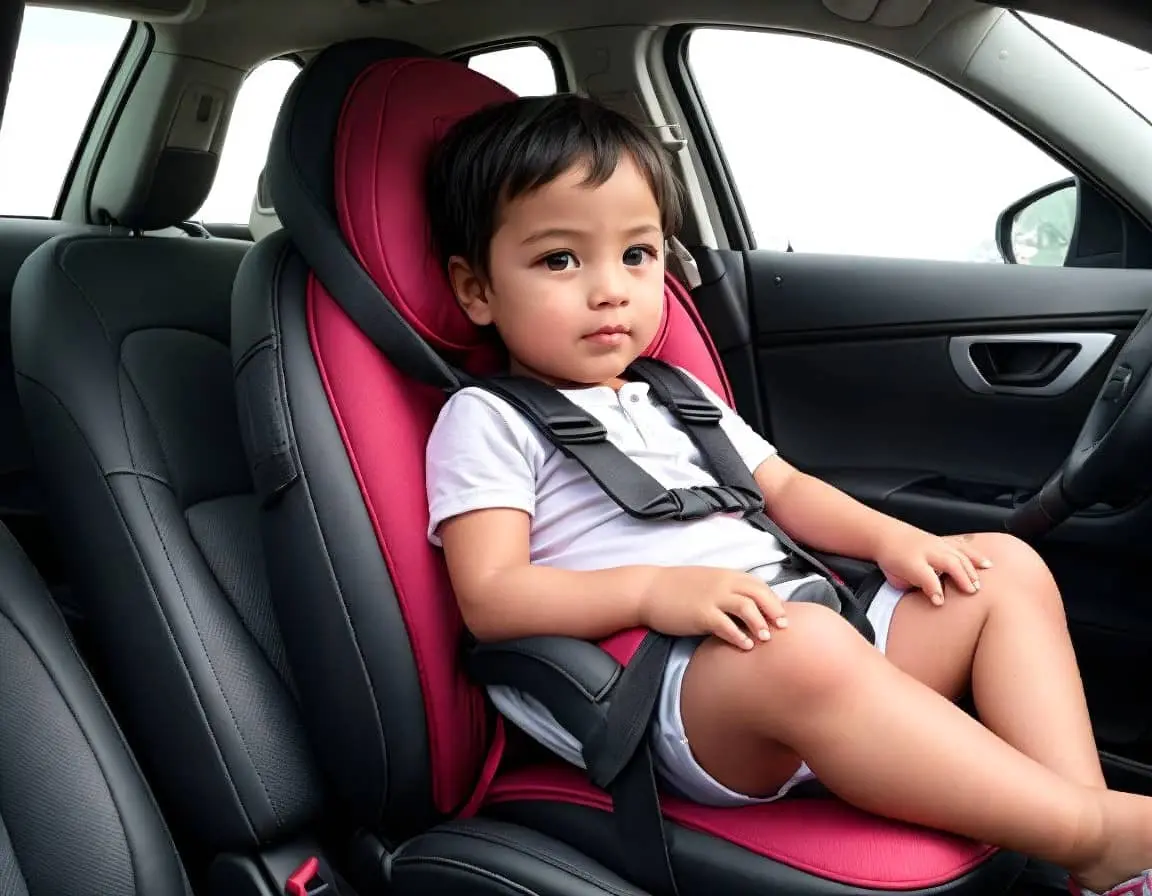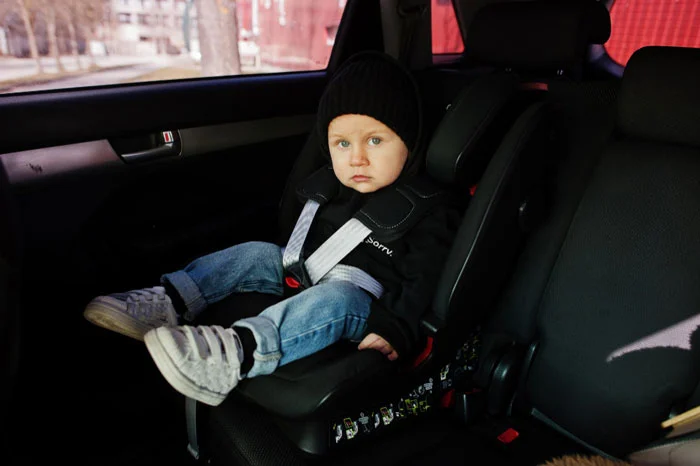Safe Travels: A Guide to Child Seat Rules in New York City

New York State has implemented stringent child seat laws to safeguard the lives of young passengers. These regulations, while encompassing the entire state, hold particular significance for New York City parents.
A comprehensive understanding of these requirements is paramount to ensuring the optimal protection of children in the event of an accident. By adhering to these laws, parents can significantly reduce the risk of severe injuries and create a safer environment for their little ones during every car journey.
The Basics
- Age 0-2: All children under the age of two must be secured in a rear-facing car seat. This position offers optimal protection in the event of a collision.
- Age 2-4: Children aged two to four must be properly restrained in a child safety seat. This seat can be rear-facing or forward-facing, depending on the child’s weight and height and the seat’s specifications.
- Age 4-8: Children between the ages of four and eight must use an appropriate child restraint system. This typically involves a booster seat in conjunction with a vehicle seat belt. It’s essential to ensure the seat belt fits correctly to provide maximum protection.
Read More- Child Seat Rules in Germany: Ensuring Safety for Young Passengers
Beyond the Basics
- Weight and Height: While age is a general guideline, the primary factors determining the appropriate child restraint system are weight and height. Always refer to the car seat manufacturer’s instructions for specific guidelines.
- Rear-Facing as Long as Possible: Pediatricians and safety experts strongly recommend keeping children rear-facing for as long as possible, up to the maximum weight or height limit of the car seat
- Booster Seats: Children should remain in booster seats until the vehicle’s seat belt fits them properly without the use of a booster. This typically occurs between the ages of eight and twelve.
- Back Seat is Best: All children under the age of 13 should ride in the back seat, as it’s generally the safest location in a vehicle.
Penalties for Violations
Failing to comply with New York’s child seat laws can result in significant penalties. A violation can lead to a fine of up to $50. If the violation involves a child under the age of 16, the fine increases to $100, and the driver may also receive three driver violation points on their license.
Read More- Keeping Your Kids Safe On The Road: A Guide To Child Seat Rules In Australia
Where to Get Help
- Local Police Department: Your local police department can provide information about child seat laws and may offer free car seat inspections.
- New York State Department of Motor Vehicles (DMV): The DMV website offers resources and information on child passenger safety.
- Child Passenger Safety Technicians (CPSTs): Certified CPSTs can inspect your car seat and ensure it’s installed correctly. You can find a CPST near you through the National Highway Traffic Safety Administration (NHTSA) website.
Additional Tips
- Read the Manual: Always refer to the car seat manufacturer’s instructions for specific installation and usage guidelines.
- Get a Professional Installation: If you’re unsure about how to install the car seat correctly, have a certified CPST do it for you.
- Check for Recalls: Regularly check for recalls on your car seat. You can do this through the NHTSA website or by contacting the car seat manufacturer.
- Update as Needed: As your child grows, you may need to upgrade to a different car seat. Follow the manufacturer’s recommendations for when it’s time to switch.
By following these guidelines and prioritizing child safety, you can help protect your little ones on every journey. Remember, there’s no substitute for proper child restraint use.








